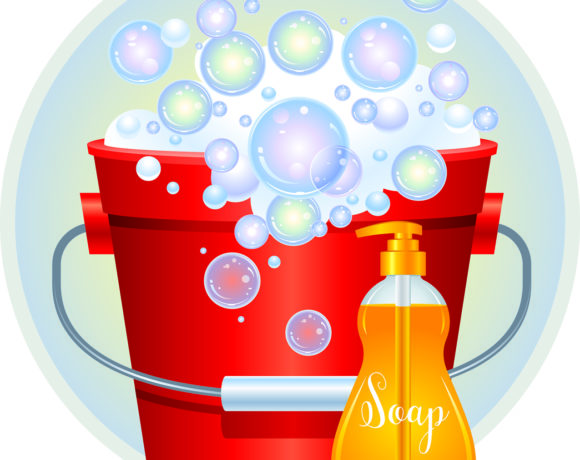Shopping for gifts for kids makes many shoppers nostalgic for their own childhoods. Few adults can forget the joy of finding the perfect gift under the tree on Christmas morning. Recreating that magic for a youngster can be as joyous for gift givers as it is for kids. That’s especially so when shoppers make it a point to give safe, age-appropriate gifts.
Whether shopping for their own children or their grandkids, nieces or nephews, shoppers can keep these tips in mind to ensure they give toys that are as safe as they are fun.
• Speak to Mom and Dad first. When buying for a grandchild, niece or nephew, shoppers should first ask Mom or Dad for suggestions. Parents will know which types of toys their children like, and they’ll also know the child’s level of maturity. Some kids may not be mature enough to play with otherwise age-appropriate toys, while others may be mature beyond their years and enjoy more complex toys than their age would suggest. Parents will know what makes a good toy and what doesn’t.
• Learn what to look for on labels. Toy labels are great sources of information, but shoppers must know what to look for. The American Academy of Pediatrics notes that toy labels include information about age-appropriateness (i.e., “Ages 3 & Up”) as well as directions regarding how to use the toy. If the instructions seem a bit complex for the child the item will be for, look for something else. Children’s toy labels also include additional information that consumers may not be familiar with. For example, toys labeled “ASTM F963” meet the latest safety standards from the U.S. Consumer Product Safety Commission. An “ASTM D4236” label indicates the materials associated with the art toy have been reviewed and deemed safe by a toxicologist. More information about toy label requirements can be found at cpsc.gov. The AAP advises that electric toys should only be given to kids if they include the UL label. That means the toy has been certified by the global safety certification company UL, LLC.
• Avoid certain features. The AAP notes that toys that are loud, shoot objects into the air or contain small pieces pose a threat to children. Especially loud toys can damage children’s hearing, while projectiles can increase the risk of eye injuries or choking. Toys with small pieces also pose a choking risk to young children who may try to put the pieces into their mouths.
• Err on the side of caution. Consumers who are uncertain about the safety of a given toy, even after reading its label, should err on the side of caution and only give toys they’re confident won’t pose a safety risk. Even toys that may seem safe could be dangerous to kids who might otherwise seem old enough. For example, the AAP advises against giving kids under 12 hobby kits and chemistry sets. That’s because such kits may contain dangerous chemicals that even pre-adolescents are not old enough to handle safely.
Shoppers must consider a host of factors when looking for safe toys for kids this holiday season.








Recent Comments